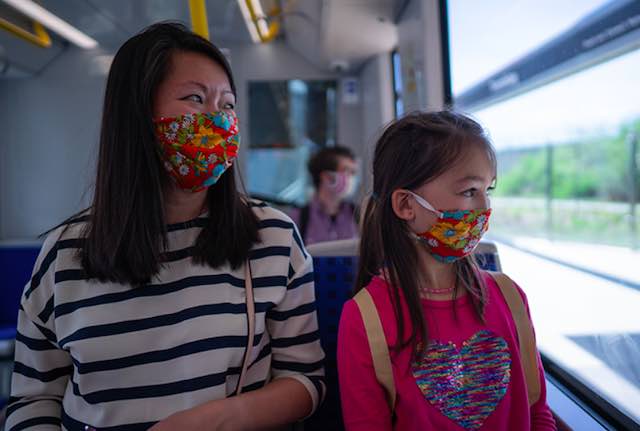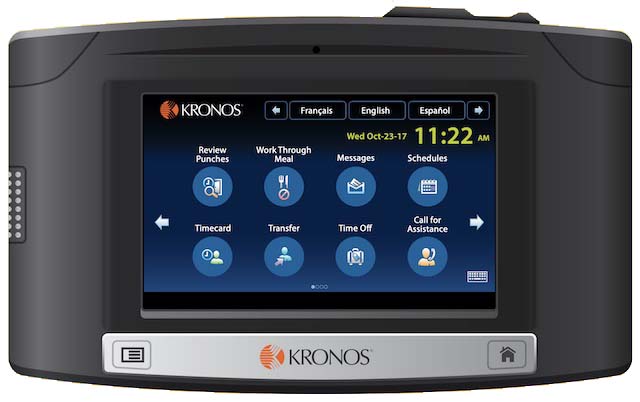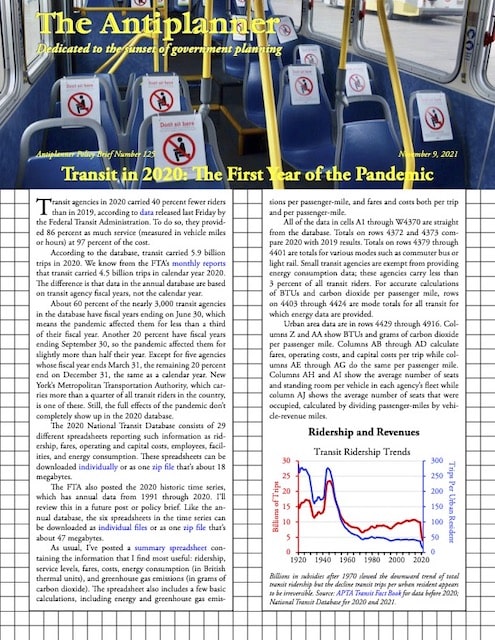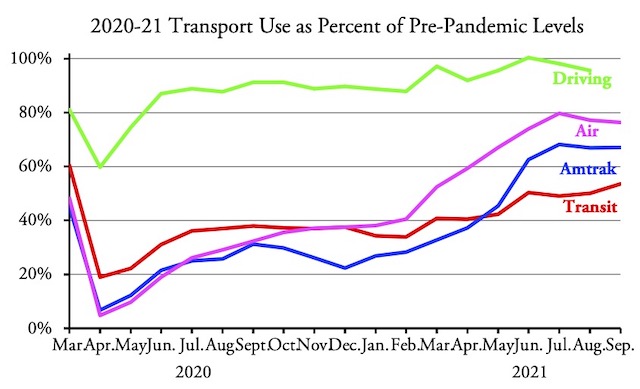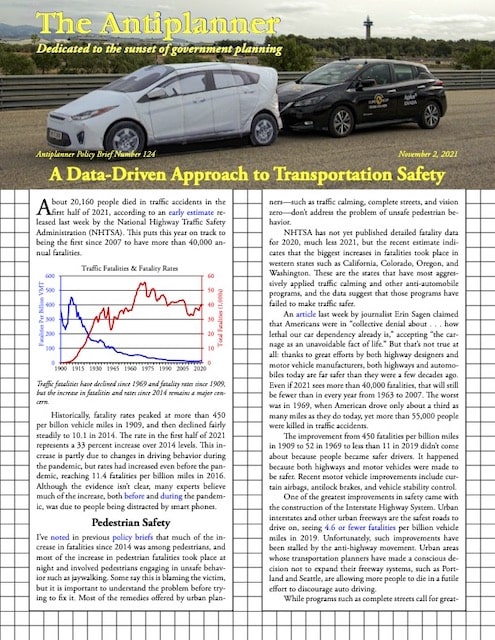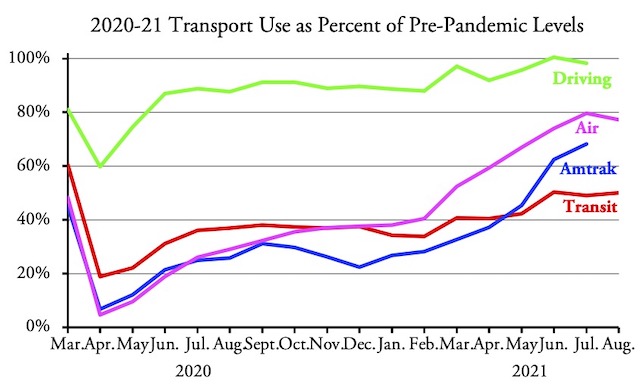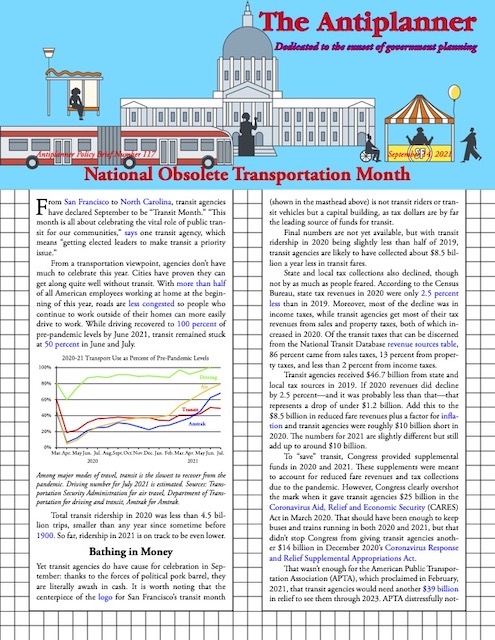Transit officials in the San Francisco Bay Area say that transit there faces a “fiscal cliff” because ridership is so slow to recover from the pandemic. The Bay Area Rapid Transit District is in particular distress, say officials, because pre-pandemic fares covered a much higher percentage–the article says two-thirds but in 2019 it was actually 72 percent–of its operating costs than most transit agencies, so a loss of patronage means a greater loss of revenues as a share of its budget.
Some transit riders wear masks, but many more aren’t riding transit. Photo by OC Transpo.
Of course, those officials don’t mention that, unlike bus agencies, BART spends more money on capital replacement each year than it does on operations. Since capital replacement is essential to keep the trains running, fares actually covered only 36 percent of its costs. Continue reading

